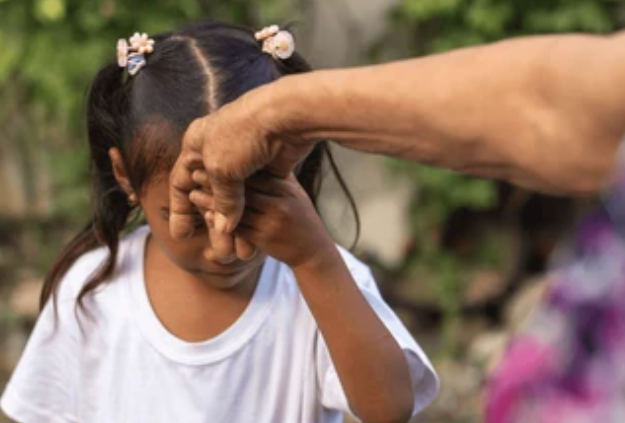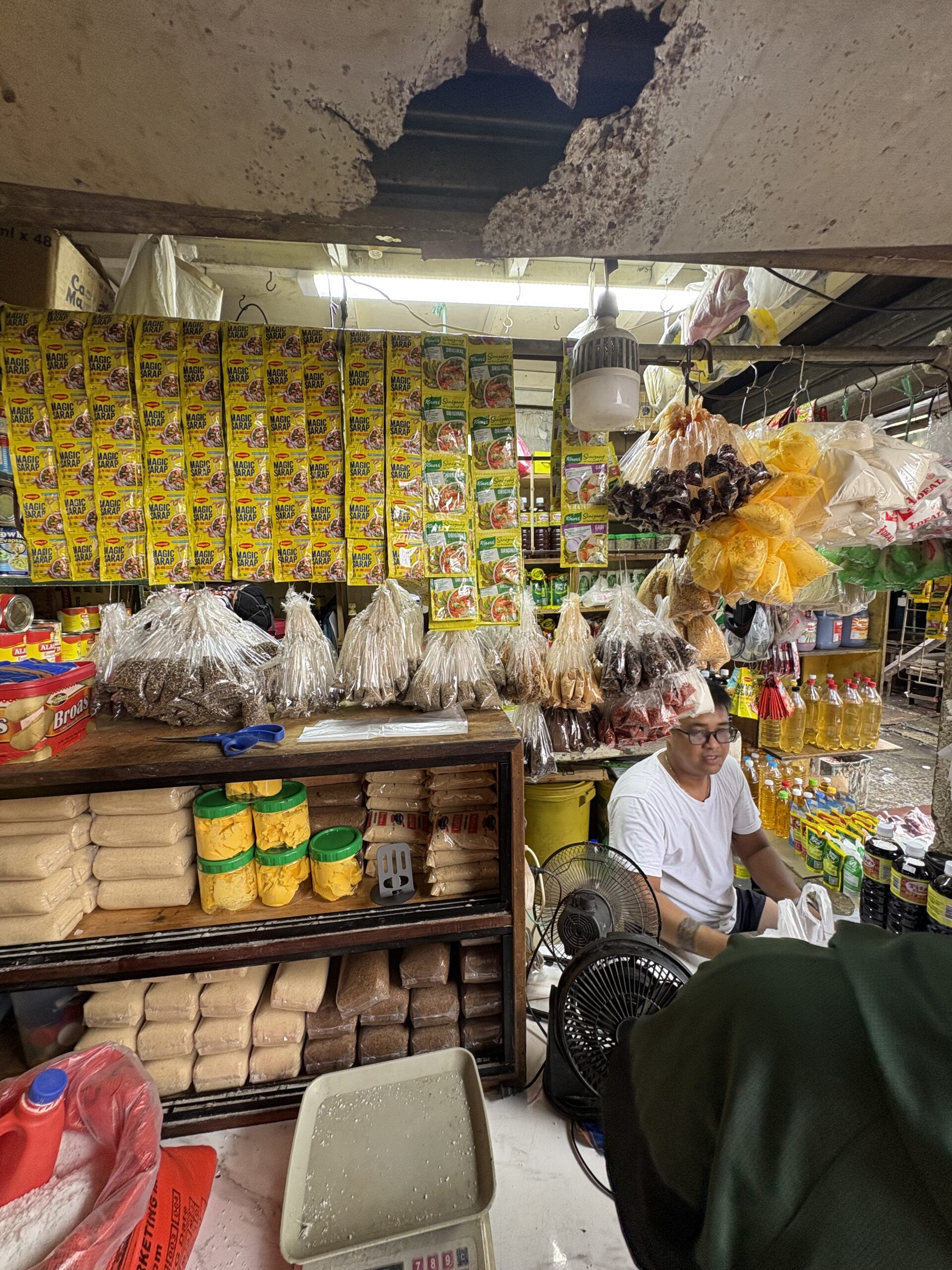Embracing Filipino Culture: The Warmth of Hospitality and Unique Greetings
When traveling to the Philippines, one of the first things you’ll notice—before even tasting the delicious street food or exploring its pristine beaches—is the warmth and friendliness of the people. The Filipino culture is rooted in hospitality, and whether you’re a budget traveler, a digital nomad, or a volunteer, this welcoming spirit will make you feel right at home. In this blog post, we’ll dive into the unique greetings and customs that make Filipino hospitality so special. By the end, you’ll not only understand how to embrace these traditions but also connect more meaningfully with the locals during your travels.
The Heart of Filipino Hospitality
Filipino hospitality is a concept that transcends mere politeness. It’s about making people feel like part of the family, whether they’re locals or visitors. As a traveler in the Philippines, you’ll find that people will go out of their way to make you feel comfortable, whether that’s offering directions, sharing a meal, or simply engaging in friendly conversation. This openness and generosity are central to Filipino culture, making it a perfect destination for those looking to experience authentic and heartfelt interactions.
Filipino Greetings You Need to Know
A huge part of embracing Filipino culture is understanding how locals greet each other. The greetings in the Philippines are not just words—they’re an expression of warmth and respect. Here are some key phrases and customs to help you feel more integrated into the local culture.
1. “Kamusta?” – The Filipino Way to Say “How Are You?”
“Kamusta?” is the go-to greeting in the Philippines. Derived from the Spanish word “¿Cómo está?”, it literally means “How are you?” but can be used as a general greeting in both casual and formal situations. You’ll hear it frequently when meeting locals, and the response is often “Mabuti” (Good) or “Okay lang” (It’s okay). A smile while saying this greeting is essential—it’s the Filipino way to show you’re genuinely interested in the person you’re addressing.
2. “Po” and “Opo” – Showing Respect
In Filipino culture, respect is paramount, especially when addressing elders or people of higher social status. Using “po” and “opo” is a way to show politeness. You might hear these terms used in conversation, even when someone is speaking casually to you. For example, “Kamusta po kayo?” means “How are you, sir/madam?” and “Opo” is a polite affirmation (similar to “Yes, sir/ma’am”). Adding these respectful terms will help you bond with locals and show that you’re embracing Filipino etiquette.
3. “Mabuhay!” – A Warm Welcome
“Mabuhay!” is one of the most iconic Filipino greetings. It’s used to convey a warm welcome and is often shouted at festivals or upon arriving at an event or place. It can also be used to express happiness or approval. The word comes from the root word “buhay,” meaning life, so “Mabuhay!” is a cheerful way of saying “Long life!” or “Welcome!”

4. The Traditional Filipino Hand Gesture – “Mano”
If you want to show respect to an elder in the Philippines, you can practice the “mano” gesture. To do this, take the elder’s hand and lightly press it to your forehead as a sign of respect. This traditional Filipino greeting is often used by children or younger people when greeting their elders. It’s an endearing way to show respect, and if you’re visiting a Filipino family, it’s a gesture that will surely be appreciated.
How to Embrace Filipino Hospitality
Beyond greetings, Filipino hospitality extends into daily interactions. Here’s how you can make the most of this welcoming culture while you’re in the Philippines:
1. Be Genuinely Curious and Open
Filipinos love to share stories, traditions, and food. If you’re invited to someone’s home or offered a local delicacy, don’t hesitate to accept (even if you’re not sure what it is!). Showing genuine interest in their culture will create deeper connections and help you learn more about the Philippines. A little curiosity goes a long way!
2. Don’t Be Afraid to Engage in Small Talk
One of the hallmarks of Filipino hospitality is the ability to engage in casual conversations. People here love to chat, and small talk isn’t just a way to pass the time—it’s how they build connections. Ask about someone’s day, inquire about local spots, or simply compliment them on their beautiful town or neighborhood. Even if you’re not fluent in Filipino, showing an effort to speak the language is appreciated.
3. Respect Local Traditions and Etiquette
Filipinos are proud of their traditions, and showing respect for them is an important part of embracing the culture. For instance, always greet people properly when entering homes or businesses, and be mindful of local customs—especially in rural areas. Simple things like removing your shoes before entering someone’s home or offering a polite “thank you” (“salamat”) when offered something can go a long way in making you feel like part of the community.
Tips for Travelers and Digital Nomads
While experiencing Filipino hospitality, you don’t have to break the bank. Here are a few tips that can help you enjoy the culture without overspending:
1. Stay in Homestays or Guesthouses
One of the best ways to experience Filipino hospitality is to stay with local families. Look for budget-friendly homestays or guesthouses, where hosts often go the extra mile to make you feel welcome. Not only is this a great way to save money, but it also offers a more immersive cultural experience.

2. Explore Local Markets
Local markets are fantastic places to experience Filipino culture firsthand. From fresh produce to handcrafted goods, the market is where you’ll encounter the true essence of the Philippines. Plus, you can sample local snacks at affordable prices—perfect for the budget traveler! Don’t forget to bring cash and be ready for a friendly chat with the vendors.
3. Engage in Community Events
Look out for community festivals or local events that welcome outsiders. Filipinos are known for their vibrant festivals, and these celebrations are an amazing way to connect with locals, experience the culture, and even enjoy free entertainment. Check local event listings or ask your accommodation provider for recommendations on what’s happening nearby.
Step Into Filipino Hospitality
Embracing Filipino hospitality isn’t just about saying the right words—it’s about embodying the spirit of warmth and respect that permeates the culture. By learning the greetings, understanding the customs, and engaging with the locals, you’ll gain a richer experience during your travels in the Philippines. Whether you’re a digital nomad, budget traveler, or volunteer, you’re sure to be welcomed with open arms.
Enjoy your time in the Philippines, and remember: a smile and a heartfelt “Kamusta?” can go a long way!



